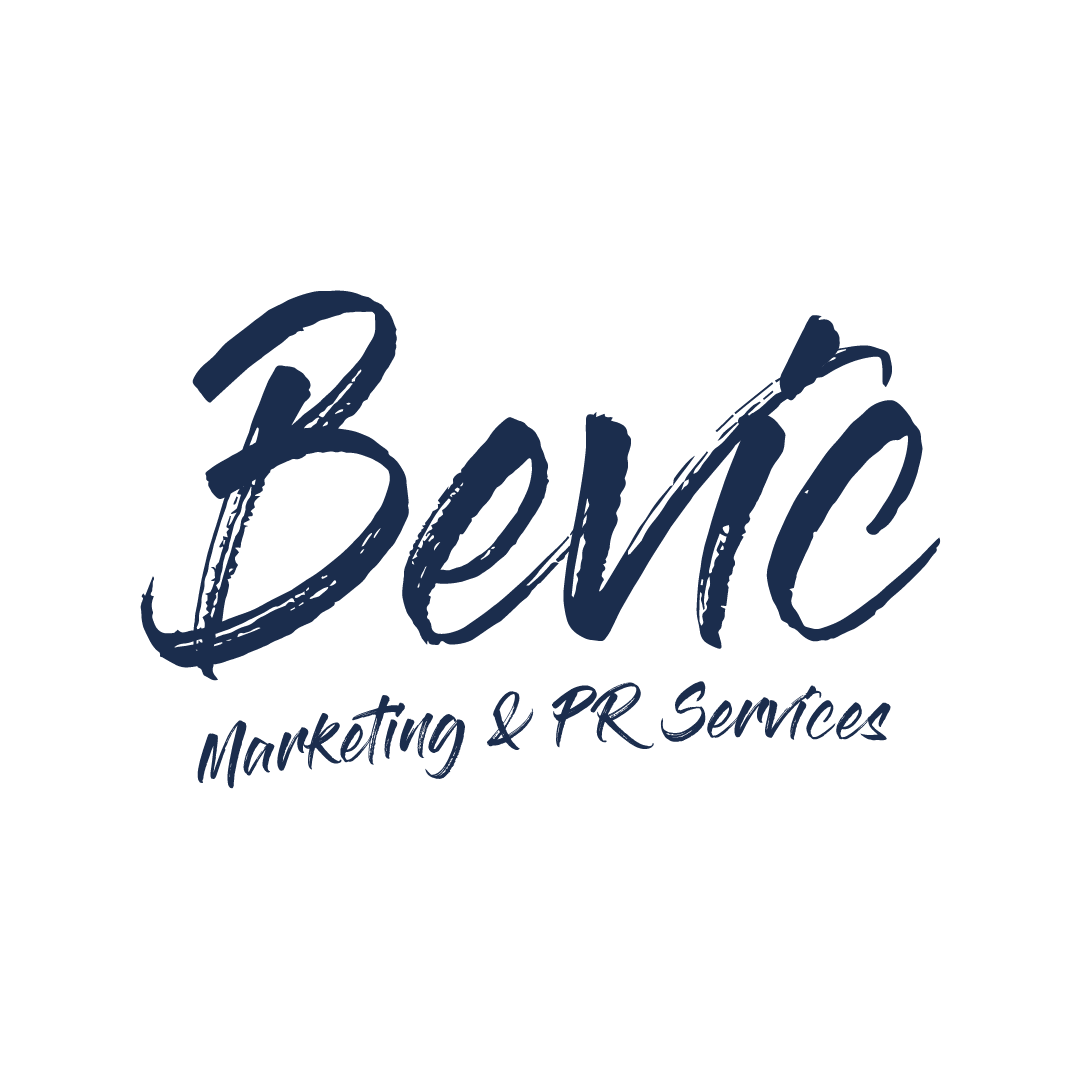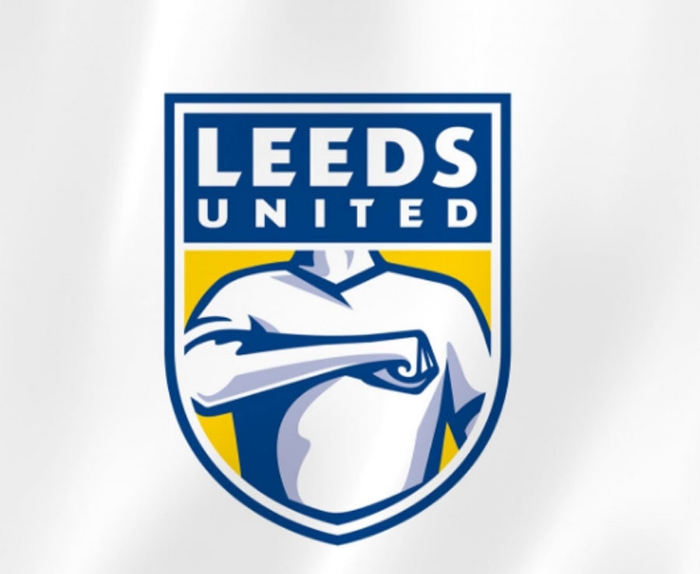Making the magic happen – when Marketing and Creative unite.
I’ll confess I’ve often thought of myself as a frustrated graphic designer. I love working with a creative team to develop a new brand aesthetic, marketing assets, or coming up with design concepts for a new campaign – I’m just not the best on photoshop or illustrator (thank god for Canva!), hence the frustration. Luckily, I’ve had the pleasure of working with some very talented graphic designers who are fabulous at their craft and the best results have been when we’ve brought together the strengths of the two teams to create something that ticks all the boxes.
Ensuring people continually communicate is true throughout any business, and any department, but the relationship between marketing and the creative team is one that needs complete trust and understanding. Setting egos aside, the aim is to create something that will positively represent, encourage action and reflect the business to ultimately either increase sales, enquiries, support or the bottom line. It has a strategic purpose. Both departments need to be on the same page in terms of aims, objectives, direction, timeframes, and target market before anything can be produced.
I’m sure we’ve all seen examples of when companies haven’t invested properly in good creative and ended up with amateur looking collateral. Likewise it’s quite evident when the creative department have got carried away and ignored the primary marketing objective of a brief and missed the point entirely – style over substance.
I caught up with Jon Goodall, Director at Garage Creative to get his take on the key things to consider when working with a creative team to make sure the outcome is one both teams can celebrate.
· How important is the creative brief?
The brief is everything. Without it there is no clear objective and leaves everything open to interpretation, leaving the creative bod either out of pocket from too many hours spent or the client having to increase the budget or time allocation.
Also without it, there’s a good chance the project could go wrong, and then it can become a bit of a blame game. Often the agency/designer is the one that comes a cropper, so no matter how good a designer is, they may end up being tarnished as the scape goat.
Most importantly, without a good brief it means the end result may not be as effective as it could be resulting in a complete waste of time and money for all involved.
A good solid brief should always direct an agency or designer down a specific path with clear goals and aims: Who is the target market, what reaction/action is desired, how will it be executed, what are the brand values to convey and the key messages.
You also need to know budget, timeframes and the level of scope expected from the get-go. These three aspects come together and make up the Project Management Triangle:
Project management triangle
- If the client wants it Good but Cheap - it won’t be Quick.
- If the client wants it Good but Quick - it won’t be Cheap
- If the client wants it Cheap and Quick - it probably won’t be any good!
· For smaller projects, what are the fundamentals needed?
No matter how big or how small, again, the brief has to be spot on. You don’t want to be taking longer than needed on a small project when you’ve got large pressing jobs on the go.
· How much or little involvement do you want/need from the client – the marketing department in this case?
Once the brief has been agreed and as long as it’s a good solid brief, then it's over to the designers.
Before this point I try and get as much information as possible before I begin so I’m not going back to the client, or the marketing team with any more questions.
Often, when account managers or clients get too involved it can water the project down and kill any original source of inspiration. If a client already knows the answer to a project, why waste money on using a team of creative designers?
· Which creative projects have you admired? Which ones can you see have addressed both a strong creative and a clear marketing objective?
From a packaging design perspective, I loved the Lindermans Gentlemans Collection wine labels designed by Stranger and Stranger. It’s well designed but puts a great message across each varietal.
In terms of big brand campaigns, I loved the war between BMW and Audi billboard placement No one really came out on top, and in fact both brands benefitted.
· Is there any that have so obviously missed the bar?
I think Pepsi got it wrong with their recent brand revival. What now looks like an exposed belly doesn't convey a positive message and in this case they tried too hard in competing with a long standing rival, when they should have simply embraced and stayed true to their original values.
The Leeds United badge redesign earlier this year, I believe if an honest venture, was one of the worst I’ve ever seen. However, I do think it was a crafty marketing ploy to get exposure, but why they needed to do it that way, I don’t know.
· How can you see things changing in the future?
I’m pretty sure people will opt to use apps and programmes to let them self-design with templates much more, cutting out folks like me to save time and money, for example using programmes like Squarespace cuts out using a web development team. We’ll all be designing 100page brochures from our mobile phones, or wrist watches even!
· Who’s harder to please, the marketing or creative department?
In recent years when I was a freelancer, I found senior creatives can come with prickly egos, as they only want their own stamp on things and to keep their reputation as ‘top dog’ intact, which is a shame. Marketing people are usually much more open to creative advice. For me as a designer, as long as the boxes are ticked from the client, I’m easy to please :)
Pepsi logo design before and after
Leeds United badge re-design



